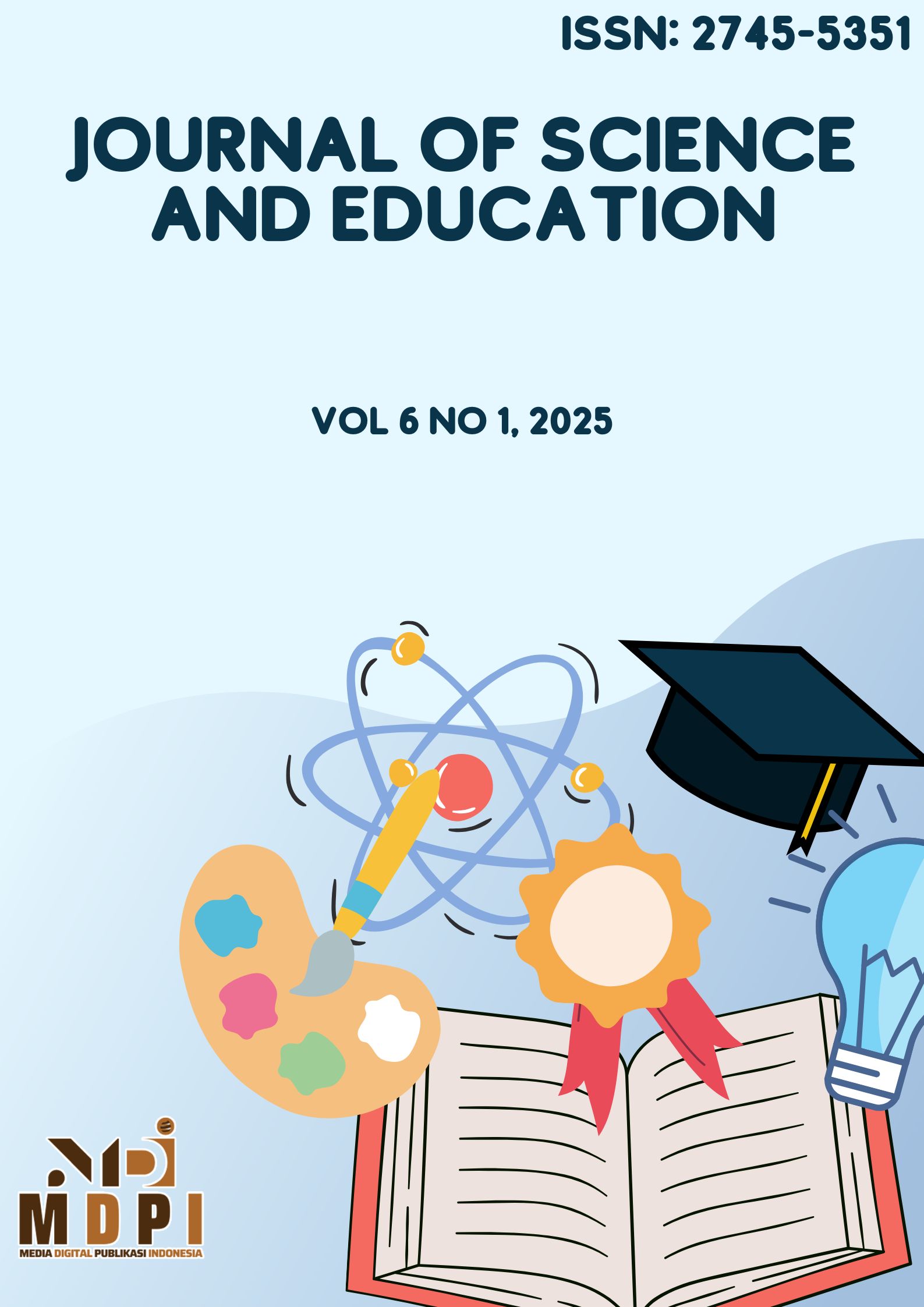Social Interaction Between Mountaineers And Climbing Guides In Enhancing Mountain Safety Awareness
DOI:
https://doi.org/10.58905/jse.v6i1.604Keywords:
Communication strategy, mountain climbing community, mountain safety, social interactionAbstract
Mountain climbing is becoming increasingly popular as a recreational and adventure activity, but this trend is accompanied by an increased risk of accidents due to a lack of safety awareness. This study aims to examine the communication patterns used by the climbing community and trail managers in an effort to raise awareness of the importance of safety in climbing areas. The approach used is descriptive qualitative, with data collection techniques including interviews, observations, and document analysis. The Activity, Interaction, Sentiment (AIS) theory is used as the analytical framework, focusing on three aspects: activity, interaction, and sentiment. The research findings indicate that group communication strategies are carried out in three main stages. First, activity, which includes hiking briefings, education about risks, and checks on equipment and logistics. Second, interaction, which involves the exchange of information among members regarding hiking trails, weather conditions, and emergency procedures, including the use of nonverbal signals such as whistles and hand signals. Third, sentiment, which refers to personal experiences, trauma, and emotional support that reinforce awareness of the importance of safety. This study concludes that effective communication plays a crucial role in shaping a culture of safety and shared responsibility among hikers. Synergy between the climbing community and trail managers, supported by technology and good interpersonal communication, is a key factor in creating a safe, orderly, and sustainable climbing environment.
Downloads
References
Abdullah, M. (2022). Pergeseran Trend Pendakian Gunung sebagai Kegiatan Wisata - Kompasiana.com. https://www.kompasiana.com/amp/abdulindonesia7338/620fe2e9586d2938e30a6a02/perges%20eran-trend-pendakian-gunung-sebagai-kegiatan-wisata
Daniel, K. (2022). Manajemen Komunitas Dalam Pengembangan Pariwisata Di Wisata Kawasan Kaliadem, Yogyakarta. 24 May 2022. http://e-journal.uajy.ac.id/id/eprint/26922
Laili Kumalasari. (2019). Kumalasari, Nur Laili. Perilaku Penemuan Informasi Di Ka-langan Pendaki Pemula Di Surabaya. Diss. Universitas Airlangga, 2019. https://repository.unair.ac.id/91613/
Hasanah, N., Ulinoha, M., & Janasta, Z. (2025). Teori Kelompok Dan Perilaku Ke-lompok. Jurnal Manajemen Dakwah Dan Ilmu Komunikasi, 1(3), 135–143.
Hermawan, H. (2017). Pengaruh Daya Tarik Wisata, Keselamatan, dan Sarana Wisata terhadap Kepuasan Serta Dampaknya Terhadap Loyalitas Wisatawan. Media Wisata, 15(1), 562. https://doi.org/10.36276/MWS.V15I1.57
Higuchi, T. (2021). Pengembangan Teknologi Baru Dan Aplikasi Industri Mekatronika. Journal of the Japan Society for Precision Engineering, 87(12), 947–947. https://doi.org/10.2493/jjspe.87.947
Idris, I., Permana, G., Ss, S., Nurusholih, S., & Sn, S. (2014). Kampanye Tanggap Hipotermia Bagi Pendaki Di Kawasan Taman Nasional Gunung Gede Pangrango Campaign Hypothermia Response For Mountain Hikers In The National Park Of Mount Gede Pangrango.
MacCannell, D. (2016). The tourist and the local. Tourist Studies, 16(4), 343–350. https://doi.org/10.1177/1468797615618120
Mariah, M. (2010). Pentingnya Manajemen Dalam Pengelolaan Pendidikan. Akmen Jurnal Ilmiah, 7(3). https://e-jurnal.nobel.ac.id/index.php/akmen/article/view/590
Prasetyo Manggala Putra, F., Setyaningsih, P., Ari Santoso, D., Studi Pendidikan Jasma-ni Kesehatan dan Rekreasi, P., PGRI Banyuwangi Jl Ikan Tongkol No, U., & Banyu-wangi, K. (2020). Analisis Persiapan Fisik Pendakian Gunung Ijen Dan Gunung Ranti Di Kabupaten Banyuwangi. Jurnal Pendidikan Jasmani (JPJ), 1(2), 80–93. https://doi.org/10.55081/JPJ.V1I2.134
Rizal, M. (2014). Pengaruh Menonton Film 5 CM terhadap Motivasi Kunjungan Wisata ke Gunung Semeru (Analisis Regresi Sederhana Pada Mahasiswa Ilmu Komunikasi TA 2012 Universitas Gadjah Mada). Skripsi, 65.
Sabila, F. W., & Evi Yulia Purwanti. (2019). Pendakian Di Jawa Tengah: Motivasi Ekowisata Dan Perilaku Wisatawan. https://ejournal.undip.ac.id/index.php/dinamika_pembangunan/article/view/26944
Santi Arian, N. W. (2024). 9 Pendaki Tewas di Gunung Rinjani dari 2017 hingga 2024. https://www.detik.com/bali/nusra/d-7372734/9-pendaki-tewas-di-gunung-rinjani-dari-2017-hingga-2024
Weber, E. U. (2006). Experience-based and description-based perceptions of long-term risk: Why global warming does not scare us (yet). Climatic Change, 77(1–2), 103–120. https://doi.org/10.1007/s10584-006-9060-3
Yuono, W., Henny, E., Ahmad, L., & Anwar, K. (2023). Perancangan Sign System Pendakian Di Gunung Lawu 3265 MDPL Jalur Via Cemoro Sewu. In Jurnal Kemadha (Vol. 13, Issue 1).
Downloads
Published
How to Cite
Issue
Section
License
Copyright (c) 2025 Ale Zidane Saputra, Khaerudin Imawan, Rahmayanti

This work is licensed under a Creative Commons Attribution-ShareAlike 4.0 International License.

















